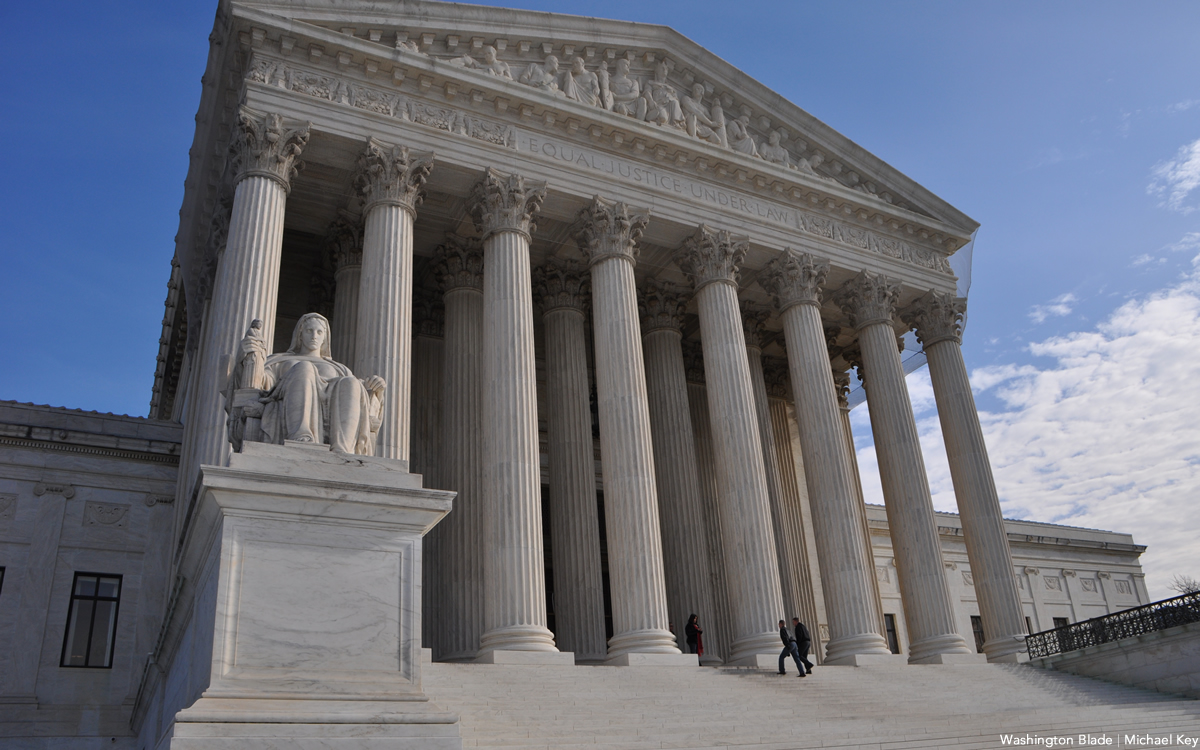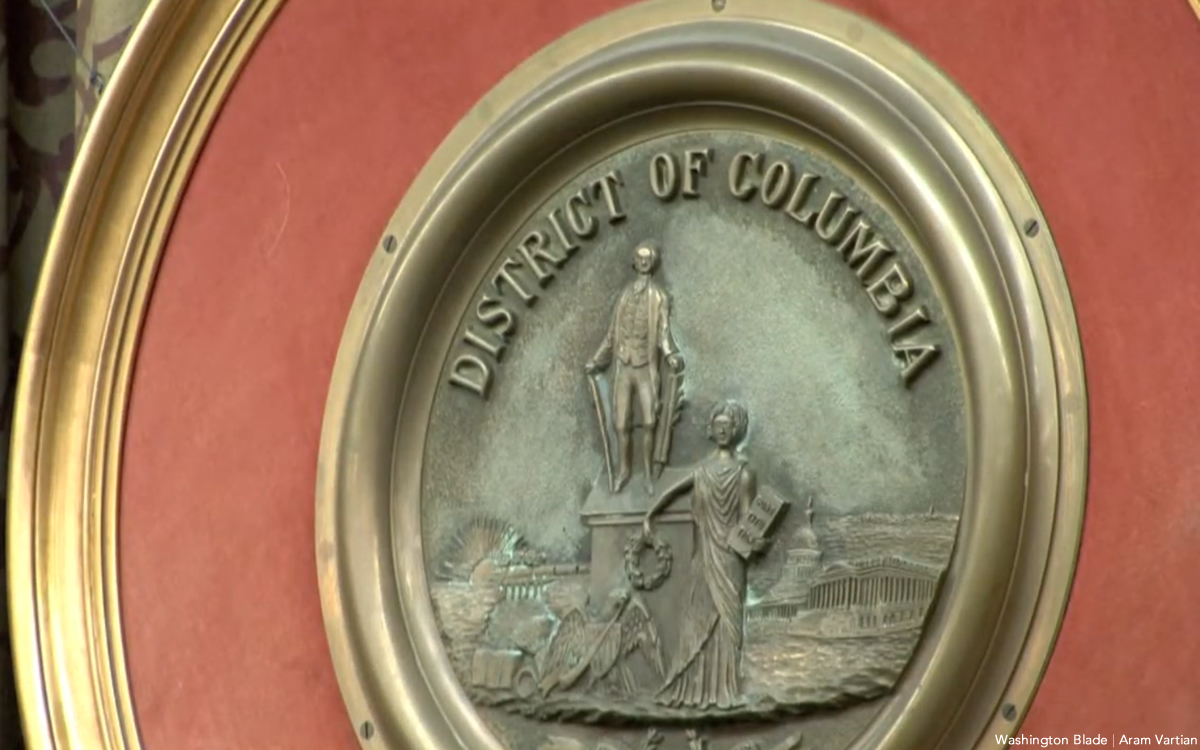Opinions
Condoms are Plan A: Back to the future of condoms
A combination of pharma greed, government squeamishness & the libertine position of advocates left us unprotected from a tidal wave of STIs

The world has completed a ten-year experiment with HIV prevention and the results are clear. PrEP and HIV treatment to prevent transmission have been found wanting. 1.5 million people globally became infected with HIV last year [1]. STIs are at an all-time high, a tragic turn from where we were just twenty years ago when syphilis was close to being eradicated. The US alone had 2.5 million combined cases of chlamydia, gonorrhea, and syphilis in 2021 [2]. Not to mention millions of teen pregnancies and unwanted babies.
For anyone looking at our circumstance objectively, it is clear that the pure biomedical interventions will never take the place of condoms as the first line of defense against HIV, STIs, and unplanned pregnancy. Yet condom promotion is virtually non-existent, and the condom culture is destroyed.
A combination of pharma greed, government squeamishness, and the libertine position of many advocates has left us unprotected against the tidal wave of STIs that is sweeping the world. It is easy enough to understand why condoms are not popular. Many people feel they’re uncomfortable, interrupt spontaneity, aren’t there when you need them, and on and on.
Governments don’t want to promote condoms because it would force them to talk about the “icky” subject of sex. Religious groups oppose them because they promote sexual pleasure over reproduction. Libertarians see them as a restriction on their freedom.
Beyond the health implications, it is time to look at condoms as an alternative to abortion. With the right to choose having been trashed by the Supreme Court, alternatives to medical abortions are getting a second look. The public health system in the US must choose an avenue to focus on where primary prevention will take place.
Plan B medication interrupts conception within 72 hours of a sexual encounter. Plan C can end a pregnancy.
Why not have a Plan A—Condoms. Hershel Walker, who recently lost his race for the Senate in Georgia, repeatedly asked a woman to have an abortion. Did he consider a condom? Arnold Schwarzenegger had an affair with the housekeeper that busted up his marriage. Did he consider a condom?
At AHF Wellness Centers, we have many frequent flyers who routinely test positive for STIs. Antibiotics do the job (for now), clearing up infections quickly so the next infection can take its place. Is using a condom such a high price to pay for preventing multiple infections? People who test positive for STIs are more likely to get HIV in the future [3].
If we continue down this route, we know where it goes. Rampant increases in STIs are costly, can result in infertility, cause still births due to syphilis (congenital syphilis rates tragically increased 184.5% over the past five years), create drug resistant gonorrhea, and incite relationship break-ups [2]. Despite these serious outcomes, we see STIs as a temporary inconvenience and do not take them seriously.
There has never been any question that biomedical interventions can help an individual and should be freely available without any stigma. However, ten years in there still isn’t any proof that biomedical interventions alone will reduce HIV, but we know they will stoke STIs. Nevertheless, we are heavily exporting this failed experiment to the world. And who benefits most—Pharma giants Gilead and GSK.
Government policy must adjust to the realities of primary prevention. We need to go back to basics and promote condoms as the primary means to prevent HIV/STIs if we are to have any chance of bringing rates down. Focusing in on condoms gives the power of prevention and control back to the individual, it won’t get tied up in medical appointments and pharma profits.
Some want us to double down and give preventative antibiotics to stave STIs. This may lead to increases in unprotected sex and inevitably to antibiotic resistance, which is a growing existential public health threat [4].
Prevention is a tough road to hoe. You will never be completely successful in promoting healthier behavior. But, having bent the stick so dangerously in one direction it is time to bend it back.
Sources
1. HIV.gov. The Global HIV/AIDS Epidemic. Available online: https://www.hiv.gov/hiv-basics/overview/data-and-trends/global-statistics
2. CDC Preliminary 2021 STD Surveillance Data. Available online: https://www.cdc.gov/std/statistics/2021/default.htm
3. CDC STDs and HIV – CDC Basic Fact Sheet. Available online: https://www.cdc.gov/std/hiv/stdfact-std-hiv.htm
4. CDC. Antimicrobial-Resistant Gonorrhea Basic Information. Available online: https://www.cdc.gov/std/gonorrhea/arg/basic.htm
************************************
Michael Weinstein is the president of Los Angeles-based AIDS Healthcare Foundation (AHF), the largest global AIDS organization.
The Foundation now operates in over 730 treatment clinics in more than 45 countries globally: over 68 outpatient AHF Healthcare Centers in over 16 states as well as in the District of Columbia and Puerto Rico. AHF also operates more than 60 pharmacies in over 17 states and also operates a clinical research unit.
Under its Positive Healthcare brand, AHF operates managed care programs for people living with HIV and/or AIDS in California, Florida, and Georgia.
Opinions
New research shows coming out is still risky
A time of profound psychological vulnerability

Coming out is often celebrated as a joyful milestone – a moment of truth, pride, and liberation. For many LGBTQ+ people, that’s exactly what it becomes. But new research I co-authored, published in the journal Pediatrics this month, shows that the period surrounding a young person’s first disclosure of their sexual identity is also a time of profound psychological vulnerability. It’s a fragile window we are not adequately protecting.
Using data from a national sample of lesbian, gay, and bisexual people, our study examined what happens in the years before and after someone comes out to a family member or a straight friend. We weren’t looking at broad lifetime trends or comparing LGBTQ+ youth to heterosexual peers. Instead, we looked within each person’s life. We wanted to understand how their own suicide risk changed around the moment they first disclosed who they are.
The results were unmistakable. In the year a person came out, their likelihood of having suicidal thoughts, developing a suicide plan, or attempting suicide increased sharply. Those increases were not small. Suicide planning rose by 10 to 12 percentage points. Suicide attempts increased by 6 percentage points. And the elevated risk didn’t fade quickly. It continued in the years that followed.
I want to be very clear about what these results mean: coming out itself is not the cause of suicidality. The act of disclosure does not harm young people. What harms them is the fear of rejection, the stress of navigating relationships that suddenly feel uncertain, and the emotional fallout when people they love respond with confusion, disapproval, or hostility.
In other words, young LGBTQ+ people are not inherently vulnerable. We make them vulnerable.
And this is happening even as our culture has grown more affirming, at least on the surface. One of the most surprising findings in our study was that younger generations showed larger increases in suicide risk around coming out compared to older generations. These are young people who grew up with marriage equality, LGBTQ+ celebrities, Pride flags in classrooms, and messaging that “it gets better.”
So why are they struggling more?
I think it’s, in part, because expectations have changed. When a young person grows up hearing that their community is increasingly accepted, they may expect support from family and friends. When that support does not come, or comes with hesitation, discomfort, or mixed messages, the disappointment is often devastating. Visibility without security can intensify vulnerability.
Compounding this vulnerability is the broader political environment. Over the last several years, LGBTQ+ youth have watched adults in positions of power debate their legitimacy, restrict their rights, and question their place in schools, sports, and even their own families. While our study did not analyze political factors directly, it is impossible to separate individual experiences from a climate that routinely targets LGBTQ+ young people in legislative hearings, news cycles, and social media.
When you’re 14 or 15 years old and deciding who to tell about your identity, the world around you matters.
But the most important takeaway from our study is this: support is important. The presence, or absence of family acceptance is typically one of the strongest predictors of whether young people thrive after coming out. Research consistently shows that when parents respond with love, curiosity, and affirmation, young people experience better mental health, stronger resilience, and lower suicide risk. When families reject their children, the consequences can be life-threatening.
Support doesn’t require perfect language or expertise. It requires listening. It requires pausing before reacting out of fear or unfamiliarity. It requires recognizing that a young person coming out is not asking you to change everything about your beliefs. They’re asking you to hold them through one of the most vulnerable moments of their life.
Schools, too, have an enormous role to play. LGBTQ+-inclusive curricula, student groups, and clear protections against harassment create safer environments for disclosure.
Health care settings must also do better. Providers should routinely screen for mental health needs among LGBTQ+ youth, especially around the time of identity disclosure, and offer culturally competent care.
And as a community, we need to tell a more honest story about coming out. Yes, it can be liberating. Yes, it can be beautiful. But it can also be terrifying. Instead of pretending it’s always a rainbow-filled rite of passage, we must acknowledge its risks and surround young people with the support they deserve.
Coming out should not be a crisis moment. It should not be a turning point toward despair. If anything, it should be the beginning of a young person’s journey toward authenticity and joy.
That future is possible. But it depends on all of us – parents, educators, clinicians, policymakers, and LGBTQ+ adults ourselves – committing to make acceptance a daily practice.
Young LGBTQ+ people are watching. And in the moment they need us most, they must not fall into silence or struggle alone.
Harry Barbee, Ph.D., is an assistant professor at the Johns Hopkins Bloomberg School of Public Health. Their research and teaching focus on LGBTQ+ health, aging, and public policy.
Letter-to-the-Editor
Candidates should pledge to nominate LGBTQ judge to Supreme Court
Presidential, Senate hopefuls need to go on the record

As soon as the final votes are cast and counted and verified after the November 2026 elections are over, the 2028 presidential cycle will begin in earnest. Polls, financial aid requests, and volunteer opportunities ad infinitum will flood the public and personal media. There will be more issues than candidates in both parties. The rending of garments and mudslinging will be both interesting and maybe even amusing as citizens will watch how candidates react to each and every issue of the day.
There is one particular item that I am hoping each candidate will be asked whether in private or in public. If a Supreme Court vacancy occurs in your potential administration, will you nominate an open and qualified LGBTQ to join the remaining eight?
Other interest groups on both sides have made similar demands over the years and have had them honored. Is it not time that our voices are raised as well? There are several already sitting judges on both state and federal benches that have either been elected statewide or approved by the U.S. Senate.
Our communities are being utilized and abused on judicial menus. Enough already! Challenge each and every candidate, regardless of their party with our honest question and see if honest answers are given. By the way … no harm in asking the one-third of the U.S. Senate candidates too who will be on ballots. Looking forward to any candidate tap dancing!
Opinions
2026 elections will bring major changes to D.C. government
Mayor’s office, multiple Council seats up for grabs

Next year will be a banner year for elections in D.C. The mayor announced she will not run. Two Council members, Anita Bonds, At-large, and Brianne Nadeau, Ward 1, have announced they will not run. Waiting for Del. Norton to do the same, but even if she doesn’t, there will be a real race for that office.
So far, Robert White, Council member at-large, and Brooke Pinto, Council member Ward 2, are among a host of others, who have announced. If one of these Council members should win, there would be a special election for their seat. If Kenyon McDuffie, Council member at-large, announces for mayor as a Democrat, which he is expected to do, he will have to resign his seat on the Council as he fills one of the non-Democratic seats there. Janeese George, Ward 4 Council member, announced she is running for mayor. Should she win, there would be a special election for her seat. Another special election could happen if Trayon White, Ward 8, is convicted of his alleged crimes, when he is brought to trial in January. Both the Council chair, and attorney general, have announced they are seeking reelection, along with a host of other offices that will be on the ballot.
Many of the races could look like the one in Ward 1 where at least six people have already announced. They include three members of the LGBTQ community. It seems the current leader in that race is Jackie Reyes Yanes, a Latina activist, not a member of the LGBTQ community, who worked for Mayor Fenty as head of the Latino Affairs Office, and for Mayor Bowser as head of the Office of Community Affairs. About eight, including the two Council members, have already announced they are running for the delegate seat.
I am often asked by candidates for an endorsement. The reason being my years as a community, LGBTQ, and Democratic, activist; and my ability to endorse in my column in the Washington Blade. The only candidate I endorsed so far is Phil Mendelson, for Council chair. While he and I don’t always agree on everything, he’s a staunch supporter of the LGBTQ community, a rational person, and we need someone with a steady hand if there really are six new Council members, out of the 13.
When candidates call, they realize I am a policy wonk. My unsolicited advice to all candidates is: Do more than talk in generalities, be specific and honest as to what you think you can do, if elected. Candidates running for a legislative office, should talk about what bills they will support, and then what new ones they will introduce. What are the first three things you will focus on for your constituents, if elected. If you are running against an incumbent, what do you think you can do differently than the person you hope to replace? For any new policies and programs you propose, if there is a cost, let constituents know how you intend to pay for them. Take the time to learn the city budget, and how money is currently being spent. The more information you have at your fingertips, the smarter you sound, and voters respect that, at least many do. If you are running for mayor, you need to develop a full platform, covering all the issues the city will face, something I have helped a number of previous mayors do. The next mayor will continue to have to deal with the felon in the White House. He/she/they will have to ensure he doesn’t try to eliminate home rule. The next mayor will have to understand how to walk a similar tightrope Mayor Bowser has balanced so effectively.
Currently, the District provides lots of public money to candidates. If you decide to take it, know the details. The city makes it too easy to get. But while it is available, take advantage of it. One new variable in this election is the implementation of rank-choice voting. It will impact how you campaign. If you attack another candidate, you may not be the second, or even third, choice, of their strongest supporters.
Each candidate needs a website. Aside from asking for donations and volunteers, it should have a robust issues section, biography, endorsements, and news. One example I share with candidates is my friend Zach Wahls’s website. He is running for United States Senate from Iowa. It is a comprehensive site, easy to navigate, with concise language, and great pictures. One thing to remember is that D.C. is overwhelmingly Democratic. Chances are the winner of the Democratic primary will win the general election.
Potential candidates should read the DCBOE calendar. Petitions will be available at the Board of Elections on Jan. 23, with the primary on June 16th, and general election on Nov. 3. So, ready, set, go!
Peter Rosenstein is a longtime LGBTQ rights and Democratic Party activist.




















